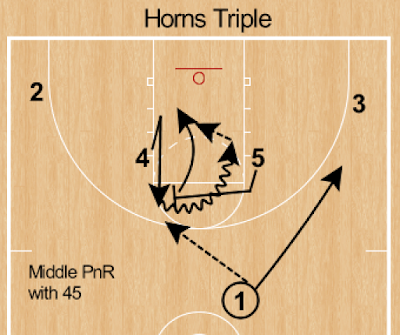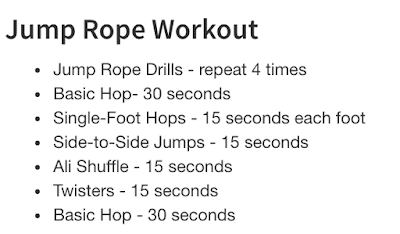Communication comes in many forms. We need to improve ours; I need to improve my communication teaching.
Communication navigates a two-way street. In the Heart of Coaching (a business book), Thomas Crane emphasizes a "performance-focused, feedback-rich" (accountability and communication) environment to create sustainable advantage.
In Reach for the Summit, Pat Summitt devotes a chapter to Communication, one of her Definite Dozen. She might even acknowledge using Del Harris' fifth level "Go nuts" too often.
The Hangover. It wasn't always verbal. She knew that most of the team had been out drinking until 4 A.M. She registered her disapproval at their early morning practice, without speaking. She set up trash cans at each corner of the court. They ran a lot, including a set of SIXTEEN suicides to finish a four hour practice. Every player availed herself of those trash cans, sometimes butting heads. She called it her version of Four Corners.
She also had a technique called Rebound and Two Points. If she sent a compliment at practice, you responded with "two points." If she criticized something, you'd yell back, "rebound." Rebound and Two Points closed the loop, the give-and-take of hearing AND acknowledging.
She demanded communication. Two guards (including the renowned Michelle Marciniak) didn't communicate at practice. Instead of tossing them from practice, she took them off the floor and sat them courtside in chairs. They responded by talking with each other, so she separated them, like kindergarten. Summitt never said she was a diplomat.
Kevin Eastman says, "silent teams are losers." The back of the defense (the protection) ESPECIALLY has to communicate because the top coverage (usually guards) can't see behind them. Kevin Garnett was a legendary defensive communicator with unsharable audio. But his play resonates.
Lagniappe: Crystal clear communication...via Chris Oliver @BBallImmersion




































